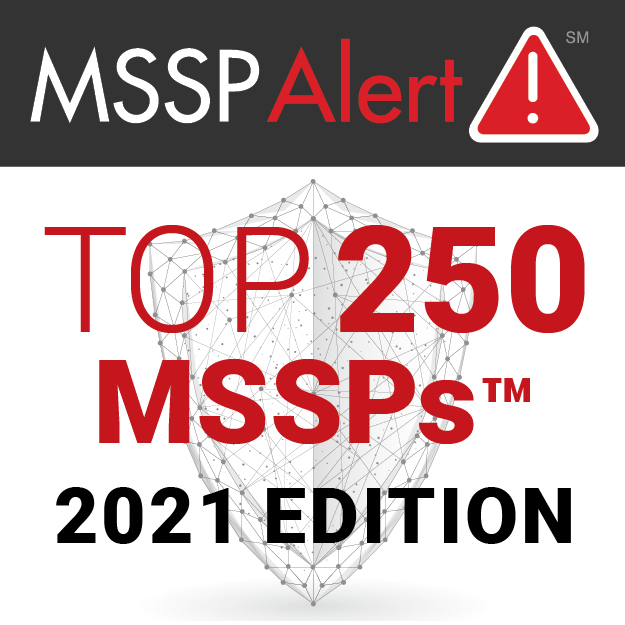As organizations navigate the dynamic landscape of cybersecurity in 2024 and beyond, it becomes increasingly evident that effective cybersecurity program management is the linchpin for safeguarding businesses against evolving threats. With the recent update to the National Institute of Standards and Technology (NIST) framework, known as NIST 2.0, the emphasis on risk management has never been more critical.
Overview of NIST 2.0 Update
NIST 2.0 represents a substantial evolution of the NIST cybersecurity framework. It is designed to address the evolving cyber threat landscape and provide organizations with a comprehensive and adaptable approach to cybersecurity program management. It places a strong emphasis on risk management, recognizing that proactively identifying and mitigating risks is essential for robust cybersecurity.
Why is Risk Management Important?
Effective risk management is the backbone of a solid cybersecurity strategy. Cyber threats are increasingly sophisticated and diverse, so organizations must systematically assess and manage risks to protect their digital assets, maintain operational continuity, and safeguard their reputation.
NIST 2.0’s Emphasis on Risk Management: Understanding the New “Govern” Function
At the heart of NIST 2.0 is an increased focus on risk management. The new “Govern” function introduces a sixth function alongside the original five (identify, protect, detect, respond, and recover). This governance function places risk management at the forefront of business and compliance outcomes. It emphasizes policies, procedures, and team roles and responsibilities to assess and prioritize risks and define how threats are addressed.
Risk Assessment vs. Risk Mitigation
To comprehend the core principles of risk management in NIST 2.0, we need to explore the fundamental concepts of risk assessment and risk mitigation. These principles are central to effective cybersecurity risk management.
Risk assessment involves identifying, evaluating, and prioritizing potential cybersecurity risks to your organization. It enables you to understand the threat landscape specific to your environment. Once risks are identified, risk mitigation strategies are employed to reduce the likelihood and impact of potential threats. These strategies are aligned with the organization’s overall cybersecurity objectives.
What are the Core Principles of Risk Management in NIST 2.0?
NIST 2.0 outlines core principles of risk management, introduced as GV.RM-01 through GV.RM-08, which include:
- Establishing and agreeing on cybersecurity risk management objectives
- Developing and managing a cybersecurity supply chain risk management strategy
- Defining risk appetite and risk tolerance statements based on the organization’s business environment
- Integrating cybersecurity risk management into enterprise risk management
- Establishing a strategic direction for risk response options, including risk transfer mechanisms
- Defining responsibility and accountability for implementing the risk management strategy
- Regularly reviewing and adjusting the risk management strategy
- Assessing the effectiveness and adequacy of cybersecurity risk management, reviewed by organizational leaders
How Can ArmorPoint Help with Risk Management?
At ArmorPoint, we understand that risk management is at the core of any robust cybersecurity program. Our solutions are designed to align seamlessly with NIST 2.0’s risk management principles, assisting organizations in identifying, assessing, and mitigating cyber risks effectively in today’s ever-evolving threat landscape. Evolve your risk management capabilities and join us to future-proof cybersecurity–contact us today to get started.
About ArmorPoint
ArmorPoint, LLC is a managed cybersecurity solution that combines the three pillars of a robust cybersecurity program — people, processes, and technology — into a single solution. Designed by cybersecurity experts, ArmorPoint’s cloud-hosted SIEM technology and extended detection and response capabilities enable businesses to implement a highly-effective, scalable cybersecurity program. With customizable pricing available, every ArmorPoint plan offers a dynamic level of managed security services that support the risk management initiatives of all companies, regardless of available budget, talent, or time. ArmorPoint is developed and powered by Trapp Technology, Inc., a Phoenix-based IT managed services provider. To learn more about ArmorPoint, visit armorpoint.com.








